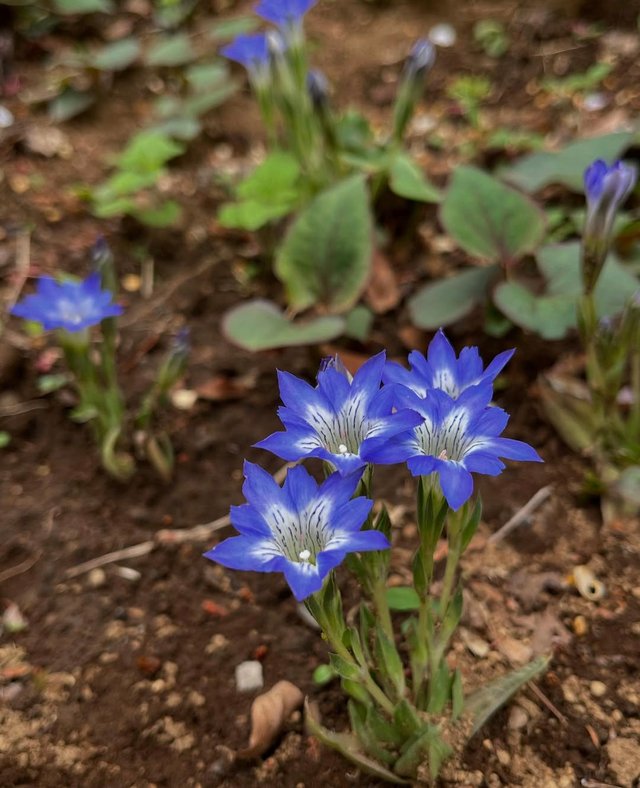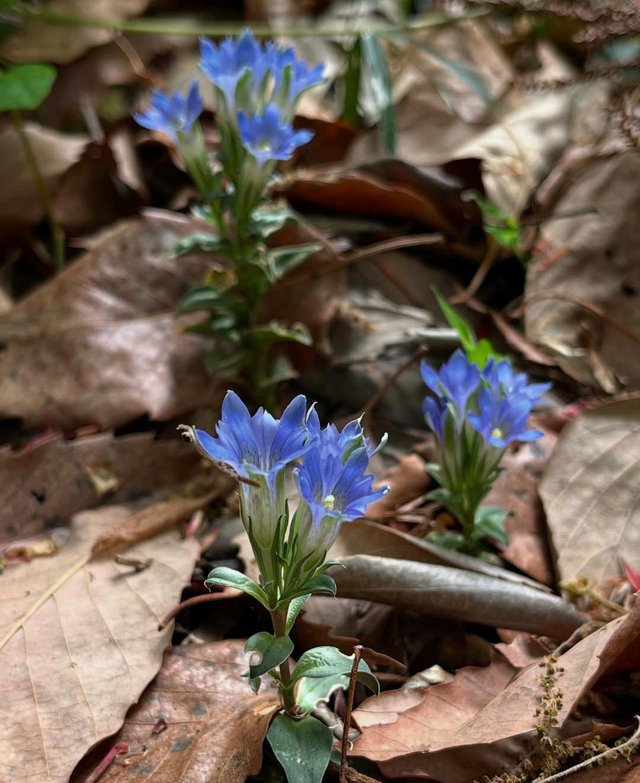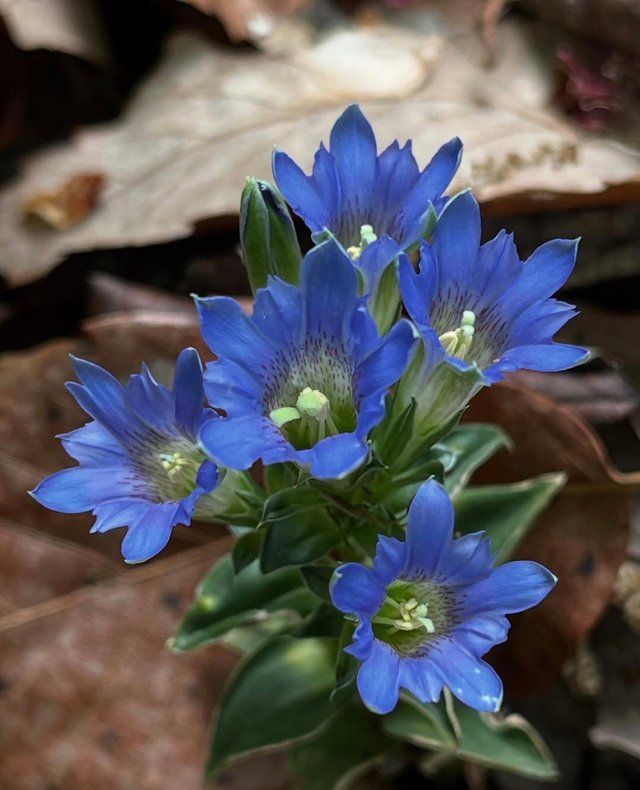Gentiana scabra: The Bold Beauty of Late Blooming
In the vast and fascinating world of flowering plants, few genera captivate the heart quite like Gentiana. Among them, Gentiana scabra stands out as a symbol of resilience, vibrancy, and late-season beauty. Often blooming when most of the garden begins to fade, this species brings a sudden, striking intensity of color — a reminder that nature always has one more surprise up her sleeve.Gentiana scabra is native to East Asia, primarily found in Japan, China, Korea, and parts of Russia. In its natural environment, it grows in meadows, forest edges, and mountainous slopes where the soils are slightly acidic and well-drained. The species name “scabra” means "rough" or "scabrous," referring to the slightly rough texture of its leaves and stems — a tiny detail that hints at the plant’s rugged character.
For centuries, Gentiana species have held medicinal significance in Asian cultures, valued for their bitter compounds thought to stimulate digestion and vitality. But even aside from its practical uses, Gentiana scabra is loved simply for its beauty, perseverance, and rich symbolism.Gentiana scabra is a hardy perennial, typically reaching heights of 30–60 cm (12–24 inches) depending on conditions. Its growth habit is upright, with strong, wiry stems that can withstand autumn winds and rain.The foliage is narrow, lance-shaped, and dark green, creating a handsome, understated backdrop for the show to come: the flowers. Blooming from late summer into early autumn (often August to October), the trumpet-shaped flowers are a stunning deep blue to violet-blue, sometimes veined with lighter or darker hues. Some varieties may even display purple or, more rarely, white blooms.
Each flower is about 3–5 cm long, opening at the top like a five-pointed star, often sitting singly or in small clusters at the tips of stems. Their intense color — that piercing, true blue so rare among flowers — is what makes Gentiana scabra unforgettable.Though not difficult to grow once its needs are met, Gentiana scabra does have specific preferences:Prefers full sun to partial shade. In hotter climates, afternoon shade can prevent stress.Requires acidic to neutral soil (pH 5.5–7), well-drained yet consistently moist. Poor drainage can lead to root rot.Regular watering is crucial, especially during dry spells. The plant dislikes drying out completely.Hardy in USDA zones 4–8. It can survive harsh winters with good snow cover or mulch protection.





Thank you for sharing on steem! I'm witness fuli, and I've given you a free upvote. If you'd like to support me, please consider voting at https://steemitwallet.com/~witnesses 🌟